Earthquake experts guide
University of Nevada, Reno faculty can offer expertise regarding earthquakes, simulation, impacts on structures, tectonics and more. Email the University communications team to schedule an interview.
Photo credit: Seth Dee licensed under CC BY 4.0.
E-G
- Early warning systems: Graham Kent | Daniel Trugman
- Earthquake detection
- Earthquake fault mapping
- Earthquake geology
- Earthquake preparedness: Christie Rowe | William Savran
- Earthquake recurrence
- Earthquake simulations: Hamed Ebrahimian | Floriana Petrone
- Earthquake source physics
- Earthquake triggering
I-R
S-W
- San Andreas Fault
- Seismic design philosophy
- Seismic hazard and risk
- Seismic hazard forecasting
- Seismic protective systems and low damage detailing
- Seismic waves
- Seismicity
- Shake tables
- Site response
- Social workers in disaster relief
- Soil liquefaction: Ramin Motamed | Renmin Pretell
- Soil-structure interaction
- Stress transfer
- Structural damage detection and assessment
- Structural geology
- Subsurface variability
- Surrogate modeling
- Sustainable materials for structural infrastructure
- Tectonic and volcanic geodesy
- Tectonics
- Trauma-informed care
- Trauma-related injury
- Tsunami hazard assessment
- Wilderness medicine
Disaster and emergency preparedness in public health
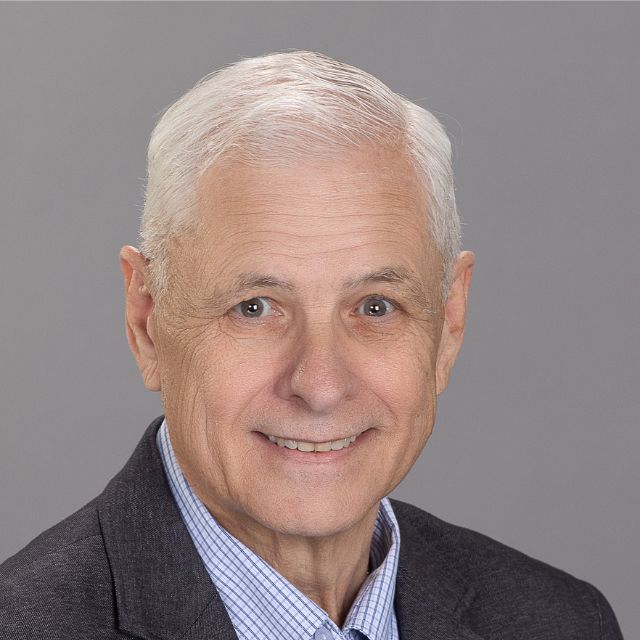
Undergraduate program director at School of Public Health
Research focuses on public health emergency preparedness and training. He developed and conducted a local health department preparedness assessment survey, a tool that determines how well health departments are performing on preparedness measures and identifies areas for improvement in future emergency responses.
Interview languages: English
Emergency medicine; crush injury; trauma-related injury
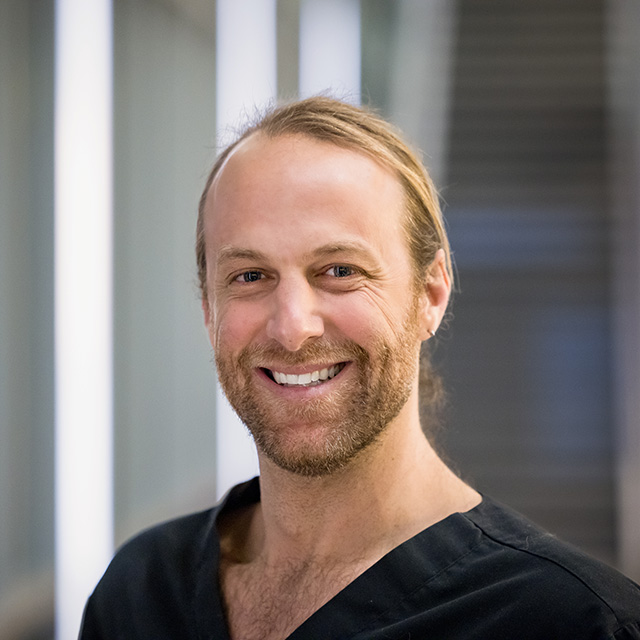
Vice chief of the UNR Med Department of Emergency Medicine; emergency medicine specialist
Dr. David Benaron is an emergency medicine specialist with over a decade of experience. He serves as vice chief of the University of Nevada, Reno School of Medicine Department of Emergency Medicine and is also a physician at Western Emergency Physicians. Dr. Benaron's mission as a healthcare provider is to support and connect with marginalized communities. Having lived on the San Andreas Fault and experienced a 6.5 magnitude earthquake, he also has personal insights into earthquake preparedness and response.
Interview languages: English and Spanish
Seismicity; seismic waves; machine learning; low-cost earthquake sensors
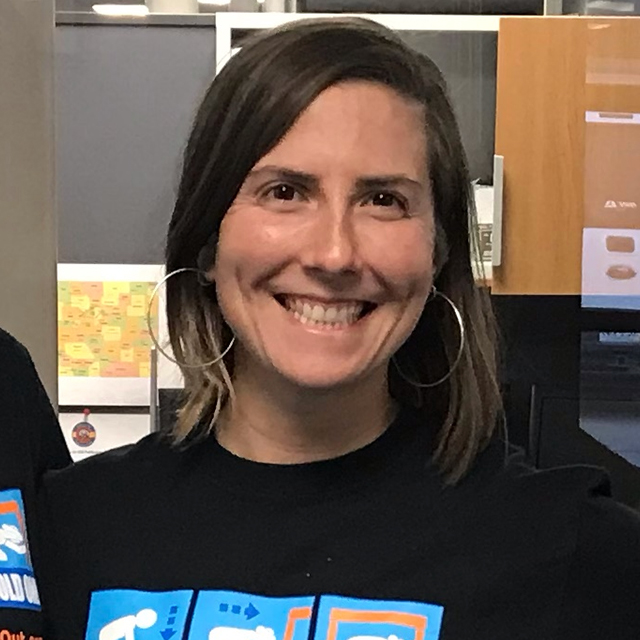
Network seismologist, Nevada Seismological Laboratory
Research focuses on seismicity or the frequency, location and strength of earthquakes and determining how “earthquake-active” a region is. She explores the use of low-cost sensors such as Raspberry Shakes. At the Nevada Seismological Laboratory, she studies how seismic waves travel through the Earth by analyzing data from sensor networks to pinpoint earthquake origins and assess fully waveforms of seismic events.
Interview languages: English
Earthquake simulations; bridge damage diagnosis; infrastructure resilience
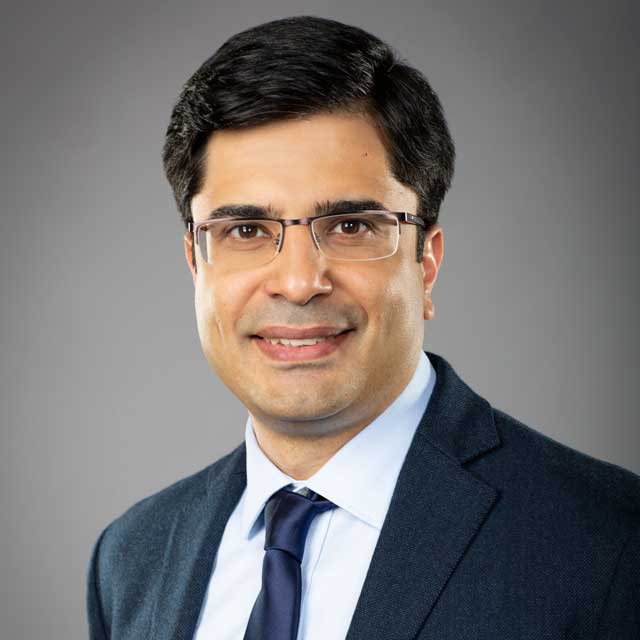
Assistant professor of civil and environmental engineering
Research integrates physics-based computational models with sensory data to monitor and diagnose damage in civil and mechanical systems after extreme events such as earthquakes. His work focuses on embedding intelligence into disaster preparedness, response and recovery for infrastructure and communities. He has worked on developing a novel technology solution for monitoring and damage diagnosis of aging bridges.
Interview languages: English
Tectonics; geologic mapping; structural geology; paleomagnetism; geothermal activity
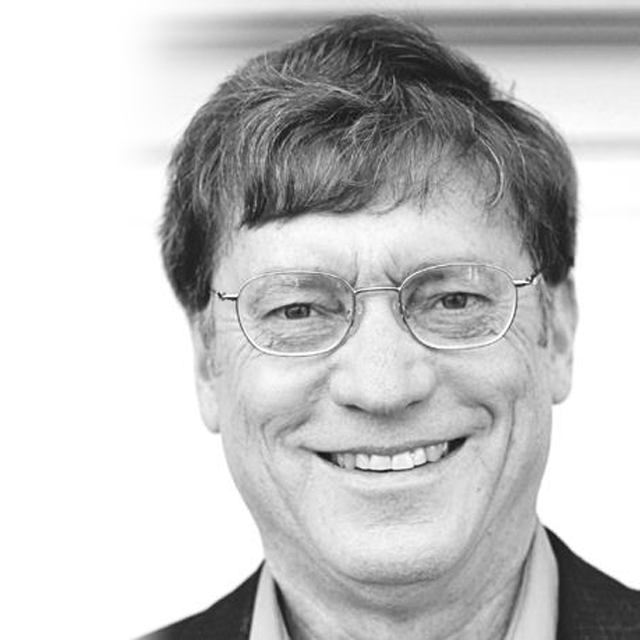
Professor of geosciences, Nevada Bureau of Mines and Geology
Research focuses on tectonics, geologic mapping and geothermal systems. His expertise in structural geology spans more than 30 years and includes a focus on the tectonic evolution of the Great Basin, including the Walker Lane fault system and the structural controls on geothermal fields. He has also conducted research in western Turkey, New Zealand and the European Alps. He has authored more than 100 scientific papers and geologic maps and recently contributed to the 2025 economic analysis of geological mapping in the United States.
Interview languages: English
Tectonic and volcanic geodesy; crustal movement of Earth using GPS; InSar data; active uplift of mountain belts
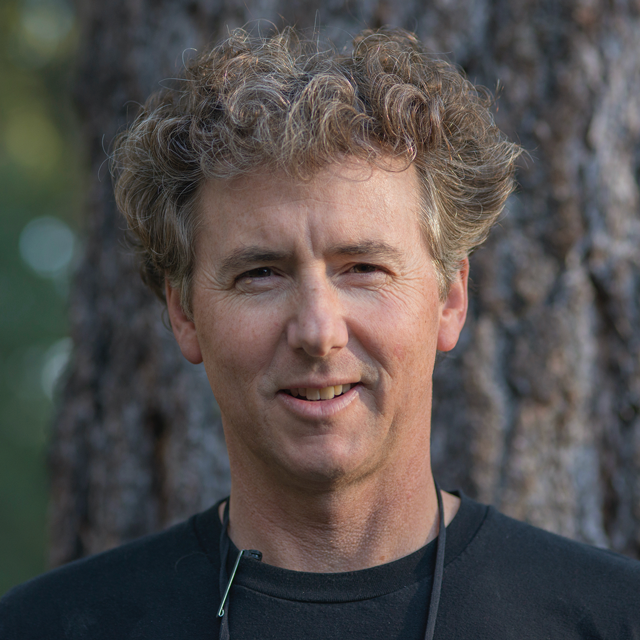
Research professor, Nevada Bureau of Mines and Geology
Studies active processes at work in the solid Earth using space geodetic techniques such as GPS and InSAR. His recent work focuses on the vertical motion of Earth’s surface and its impact on sea level rise. He also investigates active crustal deformation, mountain building, geophysical loading of Earth’s surface, related controls on aquifers and geothermal resources, and the interactions between magmatic, tectonic and climate systems.
Interview languages: English
Wilderness medicine; medical evacuation from the wilderness; outdoor medicine
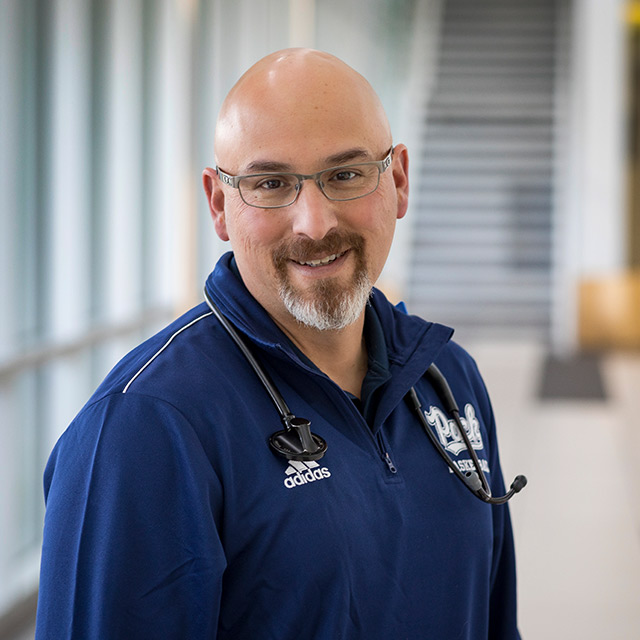
Dr. Arthur (Tony) Islas
Professor in the Department of Family Medicine, director of the Sports Medicine Fellowship and director of the Wilderness Medicine Fellowship
Arthur (Tony) Islas, M.D., is the founder of the University’s Wilderness Medicine Fellowship program. The fellowship offers a unique opportunity to dive into the world of wilderness medicine. Clinical time is divided between Reno, Nevada, and Great Basin National Park to obtain an expansive understanding of caring for individuals in austere environments. Dr. Islas’s specialties are family medicine, sports medicine and travel medicine. His work takes him around the globe, consulting on medical treatments and evacuations for adventurers.
Interview languages: English
Extensional tectonics; earthquake fault mapping; San Andreas Fault; earthquake detection; earthquake early warning
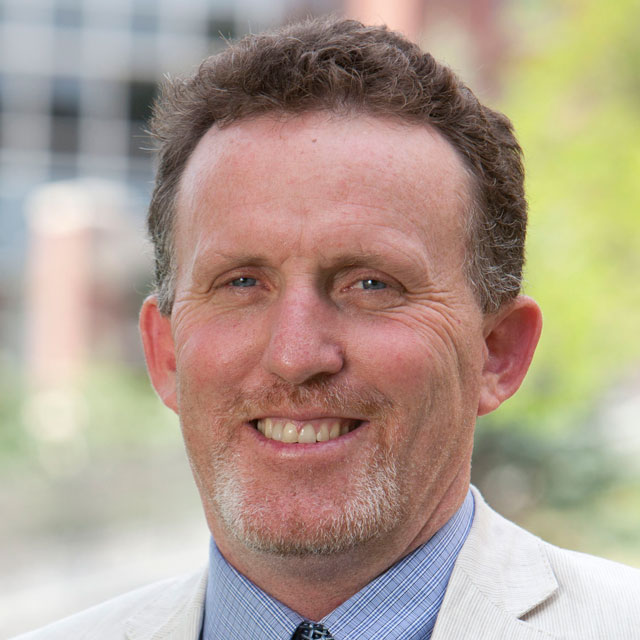
Professor in the Department of Geological Sciences and Engineering
Dr. Kent’s research focuses on seismic studies of extensional tectonics, where the Earth’s crust is being pulled apart or stretched, including magma chambers beneath mid-ocean ridges. He has mapped earthquake faults beneath Lake Tahoe that have produced tsunamis in the past and has help place important timing constraints on past and future earthquakes on the southern San Andreas fault. He was one of two principal investigators on a $15 million research program to map fault hazards offshore of Southern California in association with nuclear storage at San Onofre Nuclear Generation Station. Kent also started AlertTahoe, a public and private program to bring earthquake early warning to the Tahoe region and a fire camera network for early detection of ignition in the basin.
Interview languages: English
Neotectonics; paleoseismology; earthquake geology; tsunami hazard assessment; post-disaster reconnaissance
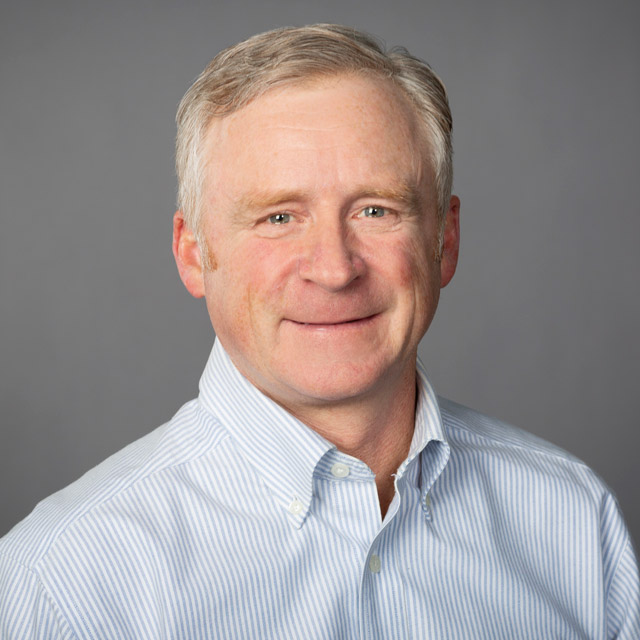
Associate professor, Nevada Bureau of Mines and Geology
Research focuses on neotectonics, paleoseismology, earthquake geology, engineering geology and geologic hazard assessment. He has extensive field experience in Nevada, California and Alaska and previously served as the senior earthquake geologist at the State of Alaska Department of Geological and Geophysical Surveys and as a project geologist for a California-based consulting firm. Koehler is also part of the Geotechnical Extreme Events Reconnaissance (GEER) Association, which collects perishable data after natural disasters and helps researchers understand how and why infrastructure was unable to withstand a disaster.
Interview languages: English
Geological earthquake engineering; cascading hazards; post-disaster studies
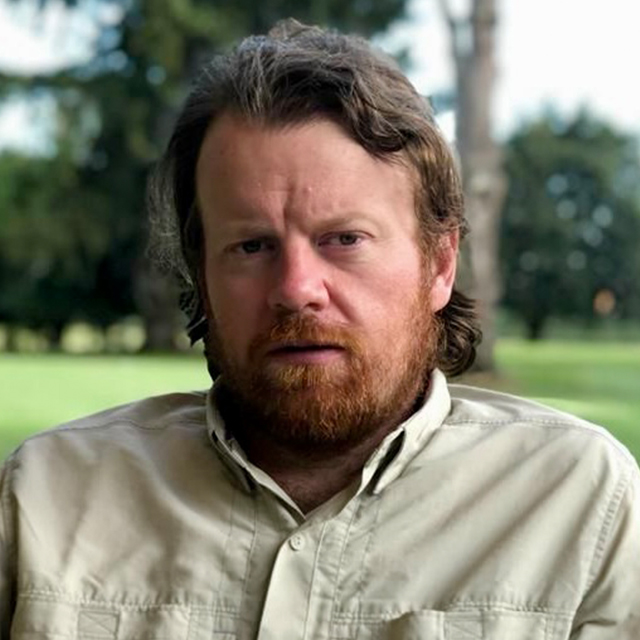
Associate professor, Department of Geological Sciences and Engineering
Research focuses on geological earthquake engineering and cascading hazards, such as an earthquake followed by a tsunami or earthquake-induced landslide. He has been a member of several post-earthquake reconnaissance teams, dispatched to Turkey, Taiwan, Nepal, Japan and more to understand event dynamics and develop mitigation strategies.
Interview languages: English
Shake tables; soil-structure interaction; liquefaction; lateral spreading
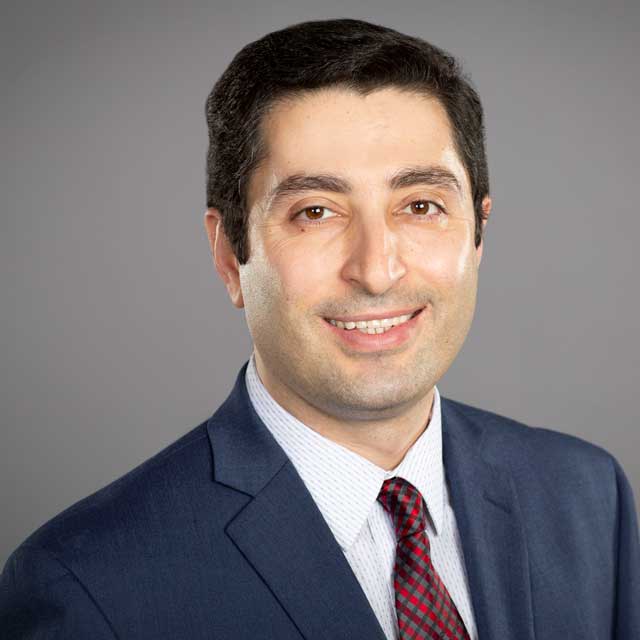
Professor, Department of Civil and Environmental Engineering
Research focuses on using shake tables to simulate earthquakes and see how soils, foundations and structures respond. Using test models and shaking them with real earthquake records, Motamed and his team can spot weakness and determine how to design safer, more resilient buildings.
Interview languages: English
Seismic hazard and risk; machine learning; surrogate modeling; earthquake simulations; structural damage detection and assessment
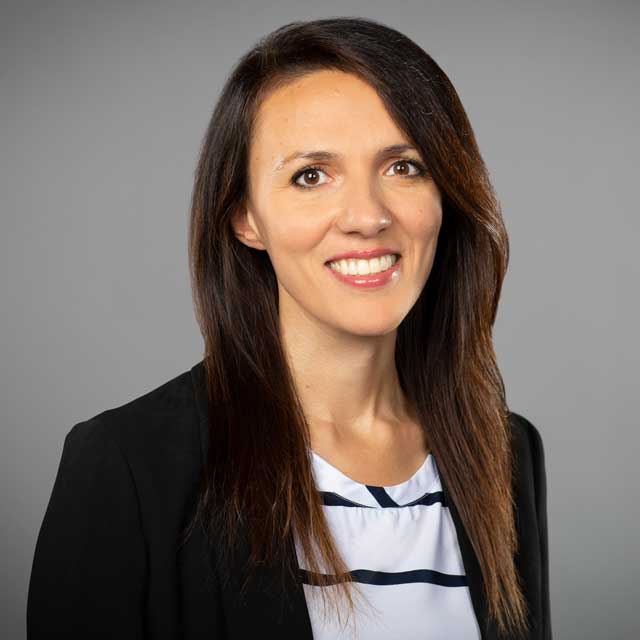
Associate professor
Research aims to advance the scientific knowledge and computational tools needed to enhance the resilience of civil infrastructure and energy systems to natural hazards. Her group works on integrating high-performance computing, advanced numerical modeling and machine learning to generate frameworks for innovation across infrastructure design, maintenance, operations and rapid recovery.
Interview languages: English
Ground motions; site response; subsurface variability; soil liquefaction
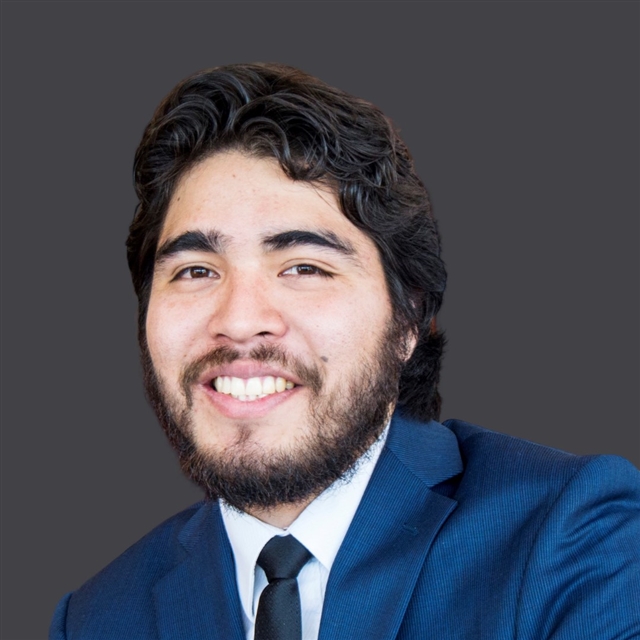
Assistant professor, Department of Civil and Environmental Engineering
Research aims to advance the performance assessment of geotechnical systems and infrastructure by integrating data, numerical simulations and analytics. His research interests include seismic site response and ground motions, soil spatial variability and surface uncertainty, mine tailings and soil liquefaction effects.
Interview languages: English and Spanish
Earthquakes; earthquake preparedness; natural hazards; mapping
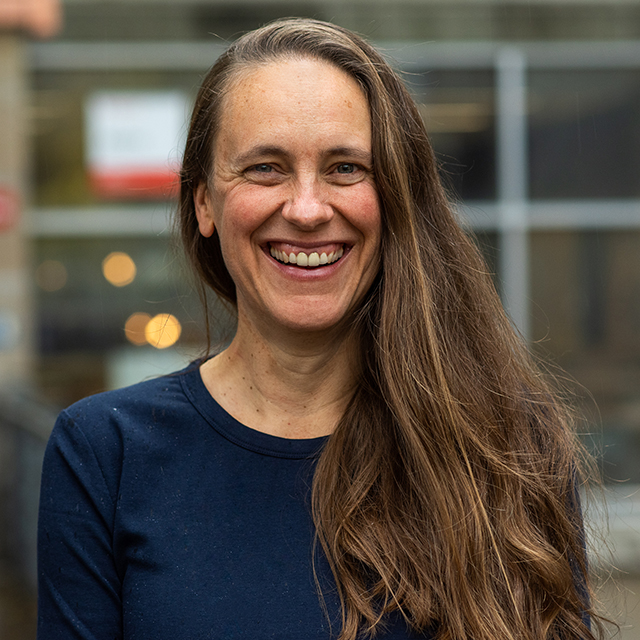
Director of the Nevada Seismological Laboratory and professor
Career and research have focused on the rock record of earthquakes and geological characteristics of the earthquake source. Rowe is the director of the Nevada Seismological Laboratory, a nationally affiliated regional geohazard monitoring facility for the Great Basin and Sierra Nevada. Rowe also focuses on community outreach and advocacy for earthquake preparedness within the state of Nevada.
Interview languages: English
Effects of earthquakes on buildings and structures; seismic design philosophy; seismic protective systems and low damage detailing; sustainable materials for structural infrastructure
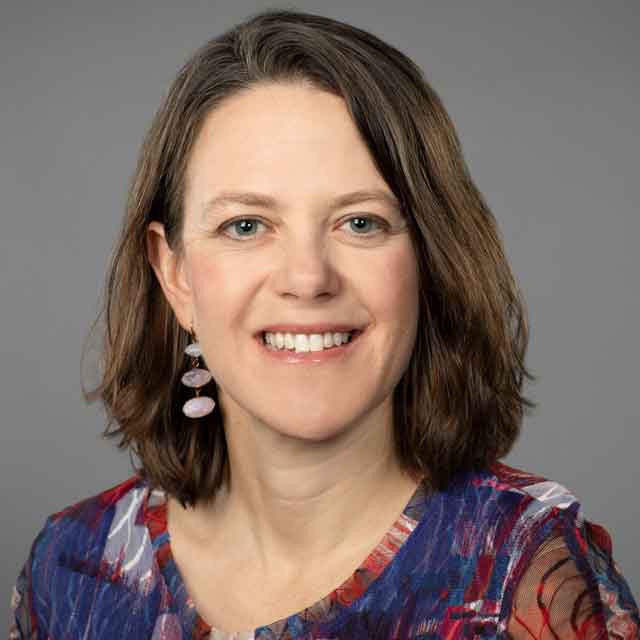
McKenzie Foundation endowed professor and chair
Research focuses on development of engineering concepts and techniques for improved seismic performance, primarily in buildings. She led an international test program between the U.S. and Japan that conducted shake table testing of a full-scale building. Much of Ryan’s research concerns the field of seismic isolation, a technique for protecting buildings, bridges and civil infrastructure by installing flexible isolation devices, such as friction pendulum bearings, at the base of structures to absorb earthquake energy.
Interview languages: English
Seismic hazard forecasting; earthquake preparedness; machine learning
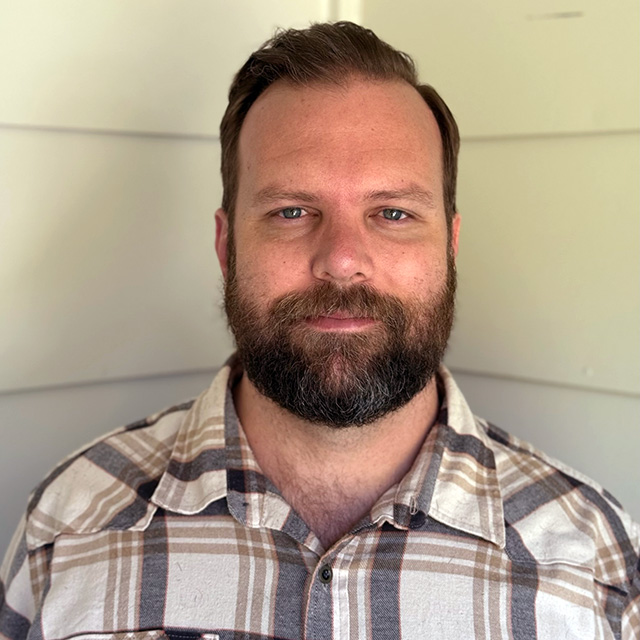
Network manager, Nevada Seismological Laboratory
Studies the fundamental nature of seismicity and applies statistical and machine learning methods to interpret earthquake data. His goal is to improve seismic hazard forecasts and enhance preparedness for significant seismic events.
Interview languages: English
Resilient infrastructure; AI in emergency response; accelerated construction
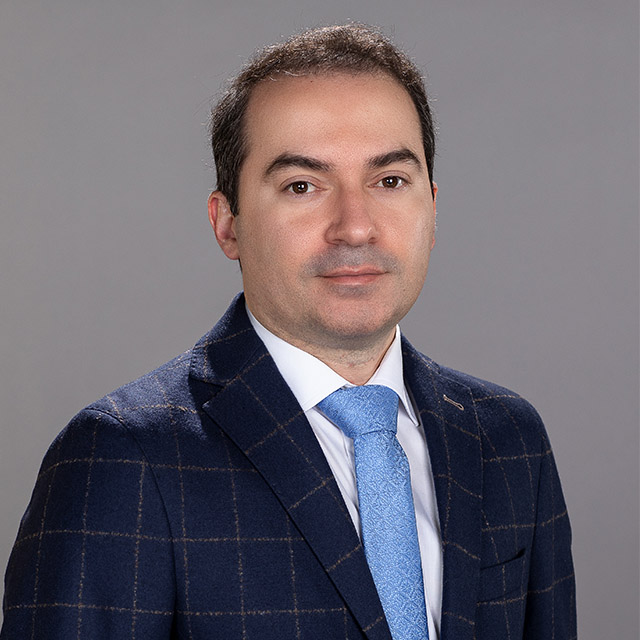
Associate professor, Department of Civil and Environmental Engineering
Research focuses on reducing the impacts of natural hazards on civil infrastructure using advanced materials, innovative techniques and cutting-edge technologies. He is interested in the resiliency of civil infrastructure against national hazards and his past research has led to the development of a new generation of bridges that can be built faster, last longer and perform better in severe events and cost less in the long term.
Interview languages: English
Earthquake source physics; stress transfer; earthquake triggering; early warning systems
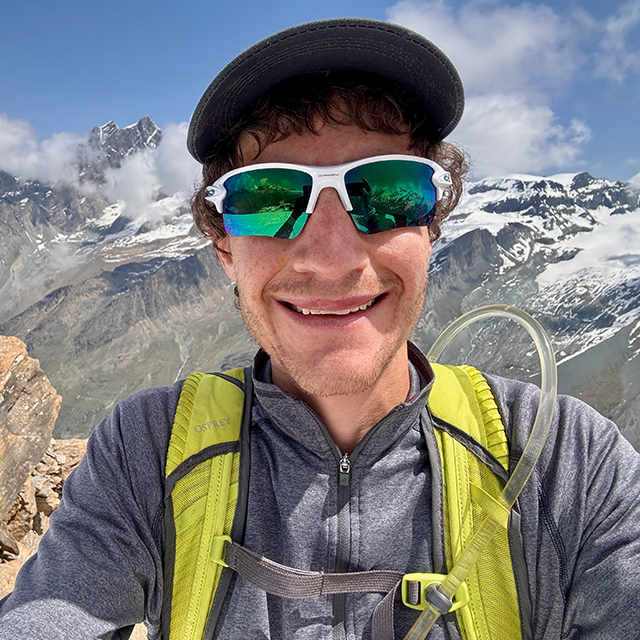
Associate professor, Nevada Seismological Laboratory
Focuses on developing and applying new techniques to analyze large datasets of seismic waveforms to better understand earthquake rupture processes. He combines scientific machine learning and data science with physical modeling to advance earthquake science and early warning capabilities.
Interview languages: English
Social workers in disaster relief; mental health in vulnerable communities; community trauma; trauma-informed care
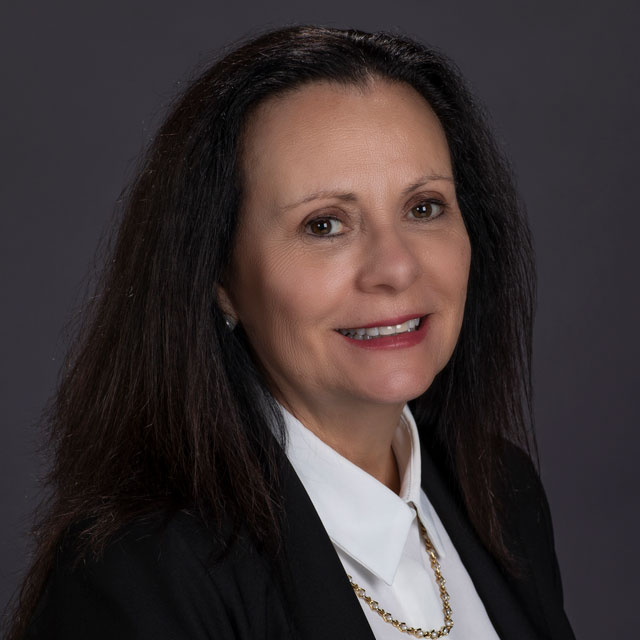
Associate dean, School of Social Work
Researches mental health and well-being in vulnerable communities, particularly those impacted by trauma. Weiss has more than 20 years of experience as a mental health provider, specializing in trauma-informed care as a licensed clinical social worker and as a licensed clinical psychologist in private, public and nonprofit settings with underserved communities.
Interview languages: English and Spanish
Crustal deformation; earthquake recurrence; mountain building
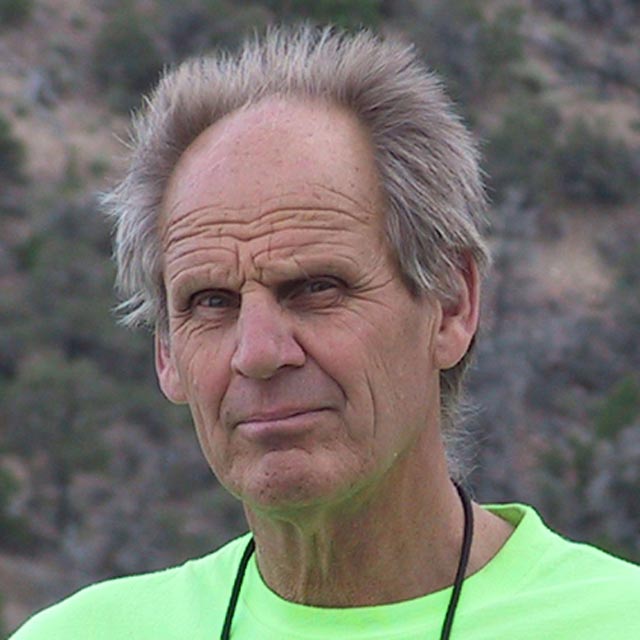
Foundation professor, director of the Center for Neotectonic Studies
Investigates geologically recent motions of the Earth’s crust, particularly those produced by earthquakes, with the goals of understanding the physics of earthquake, recurrence, the growth of mountains and the seismic hazard embodied in these processes. He runs the Center for Neotectonic Studies within the University’s Nevada Seismological Laboratory.
Interview languages: English